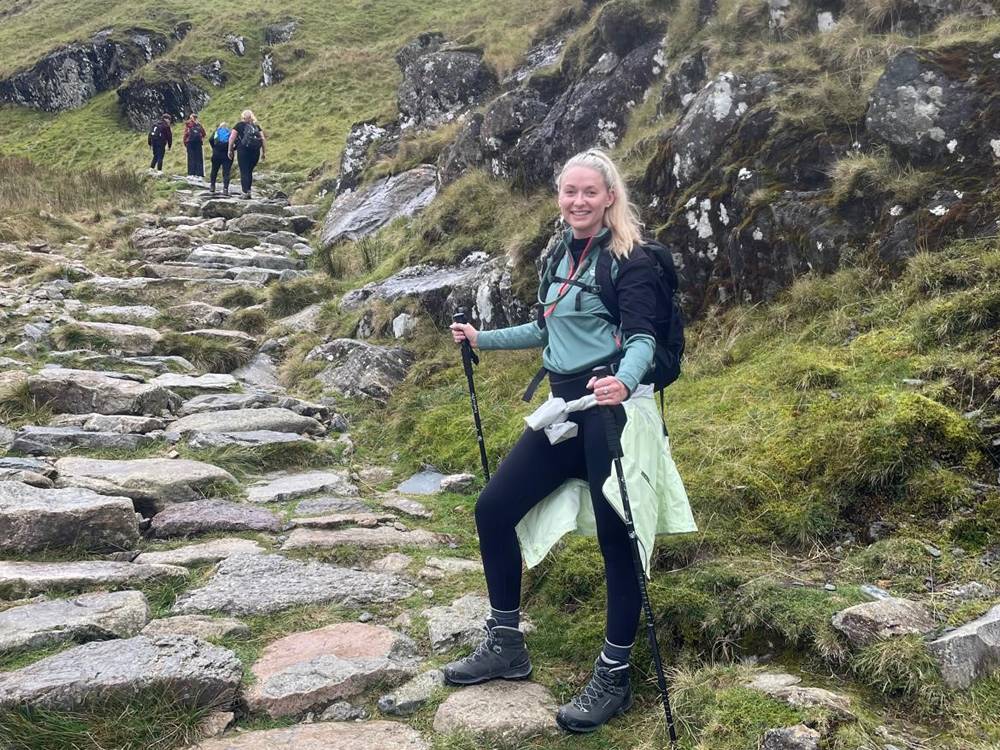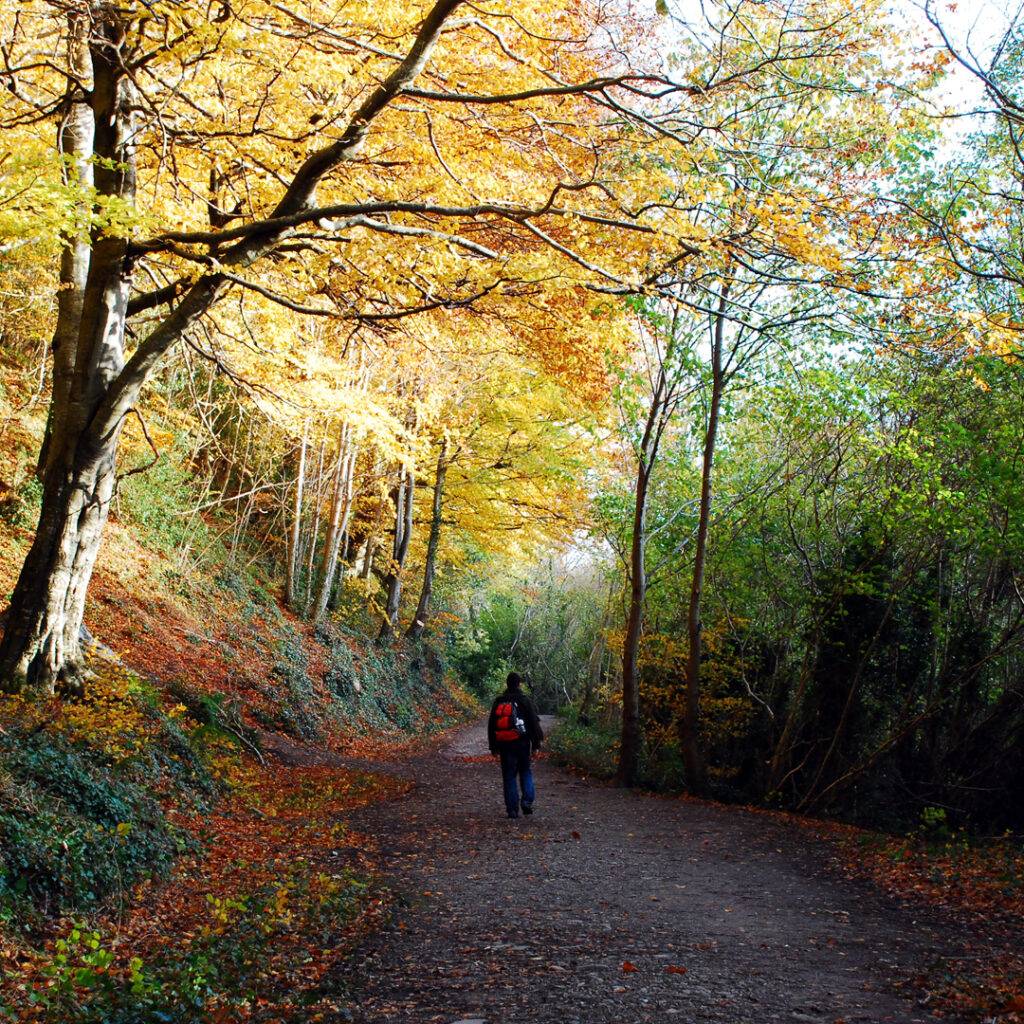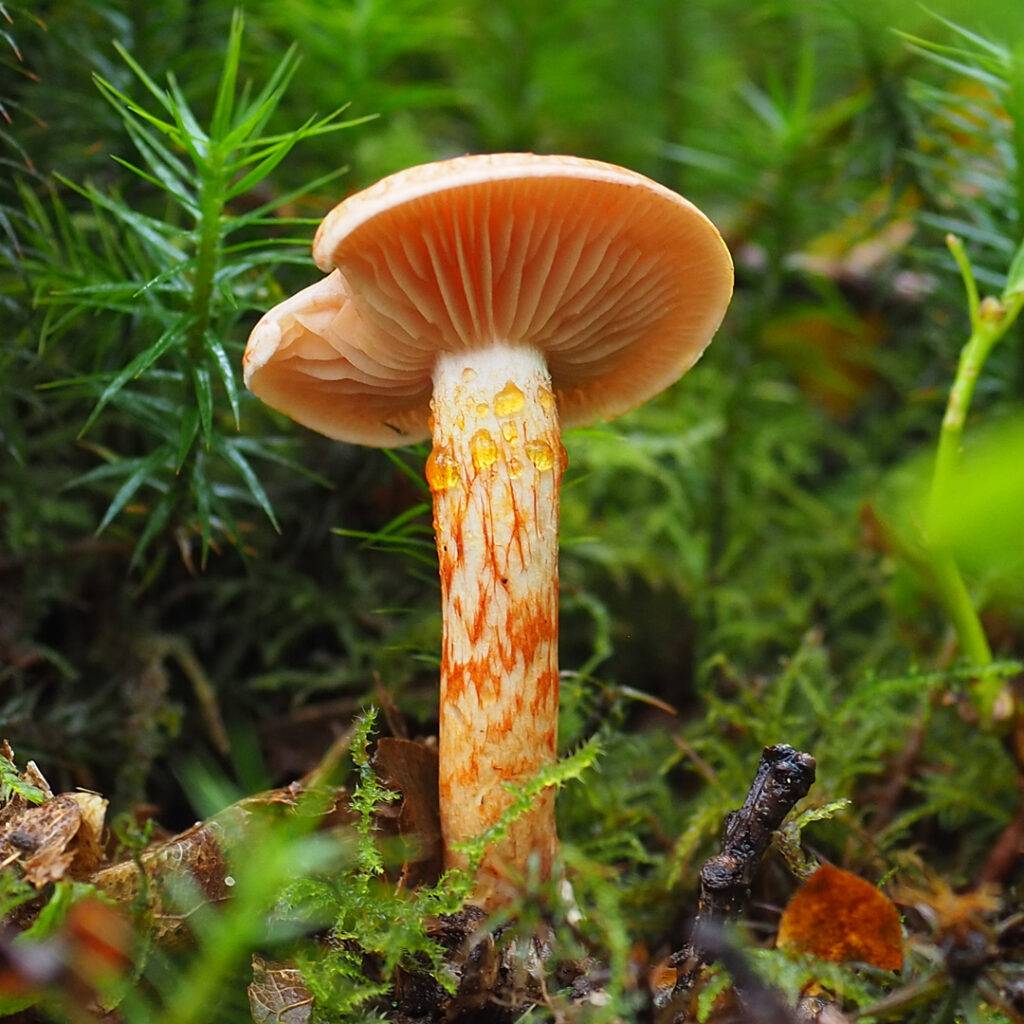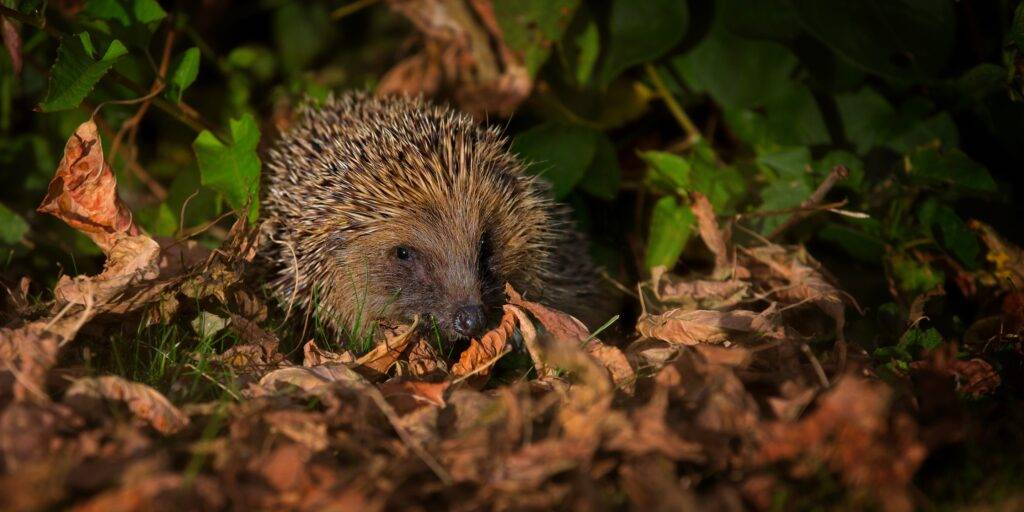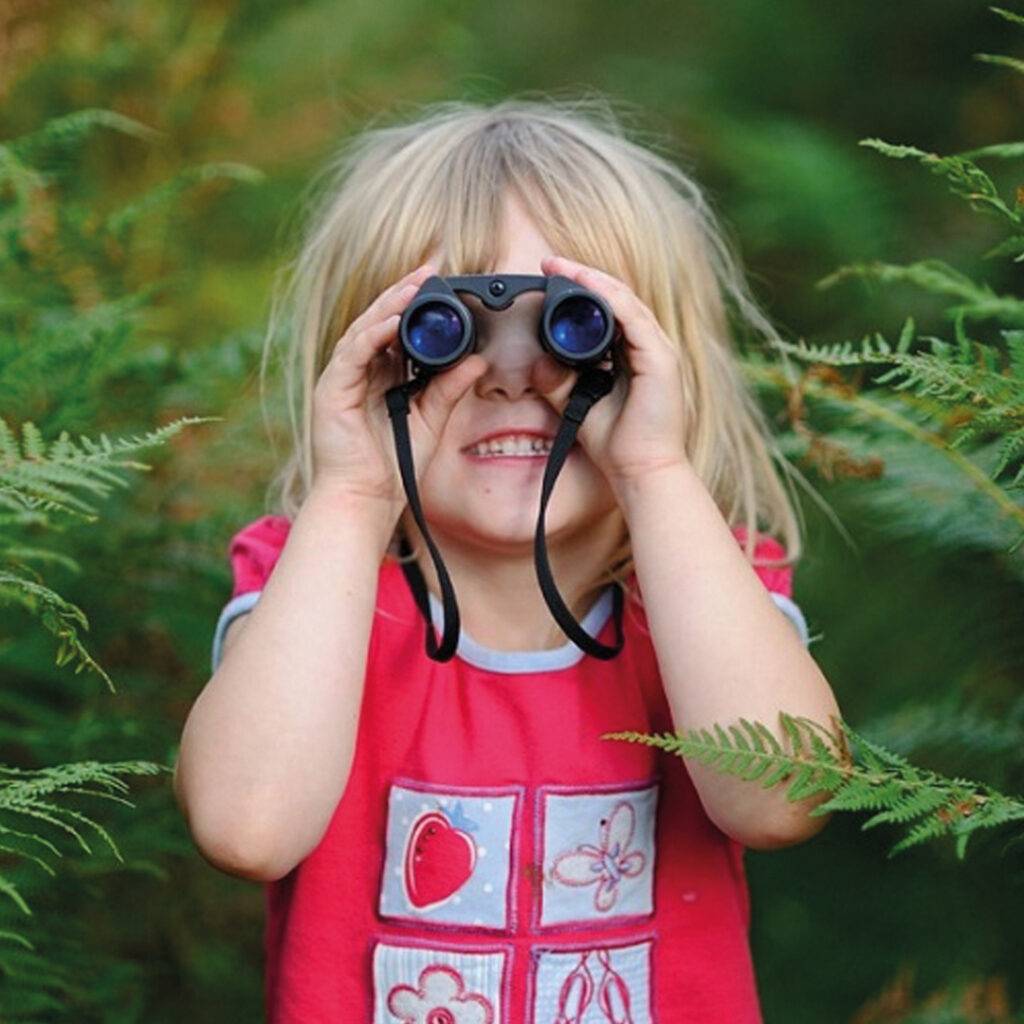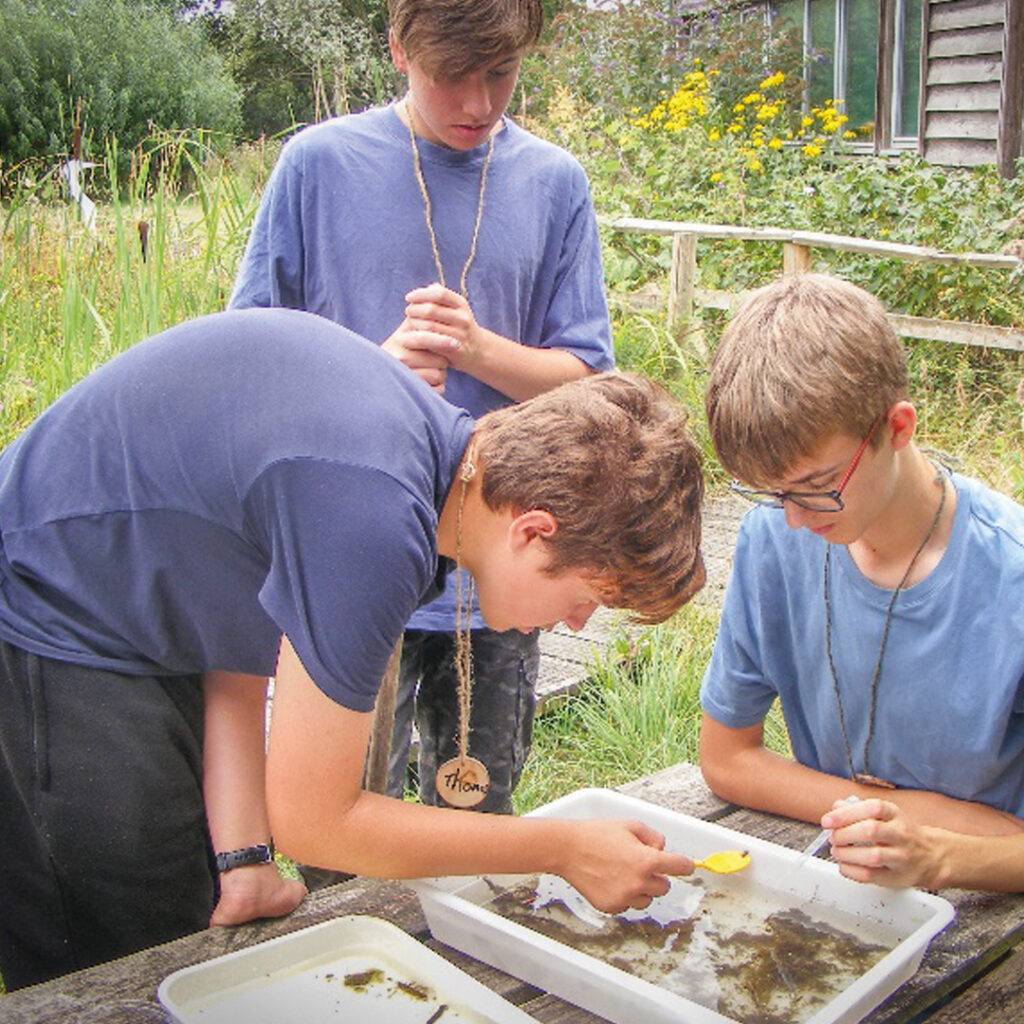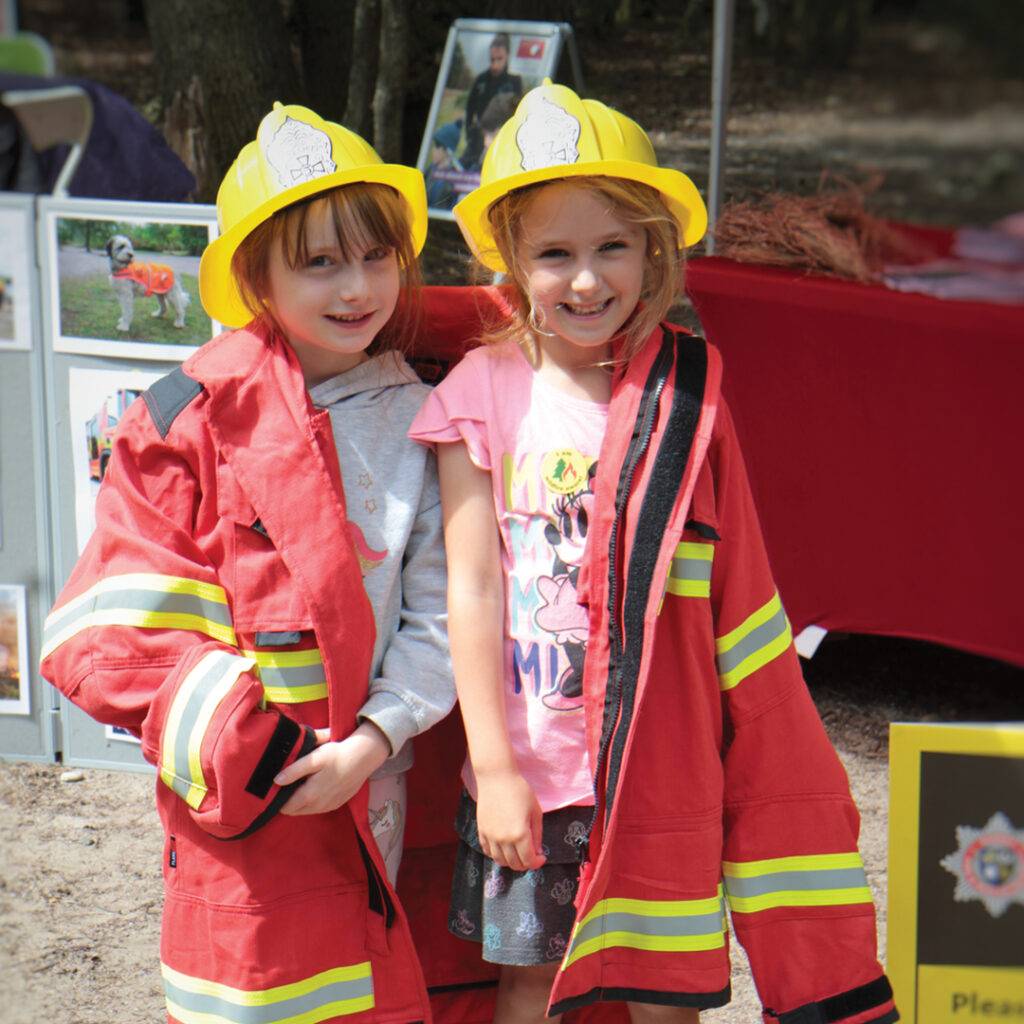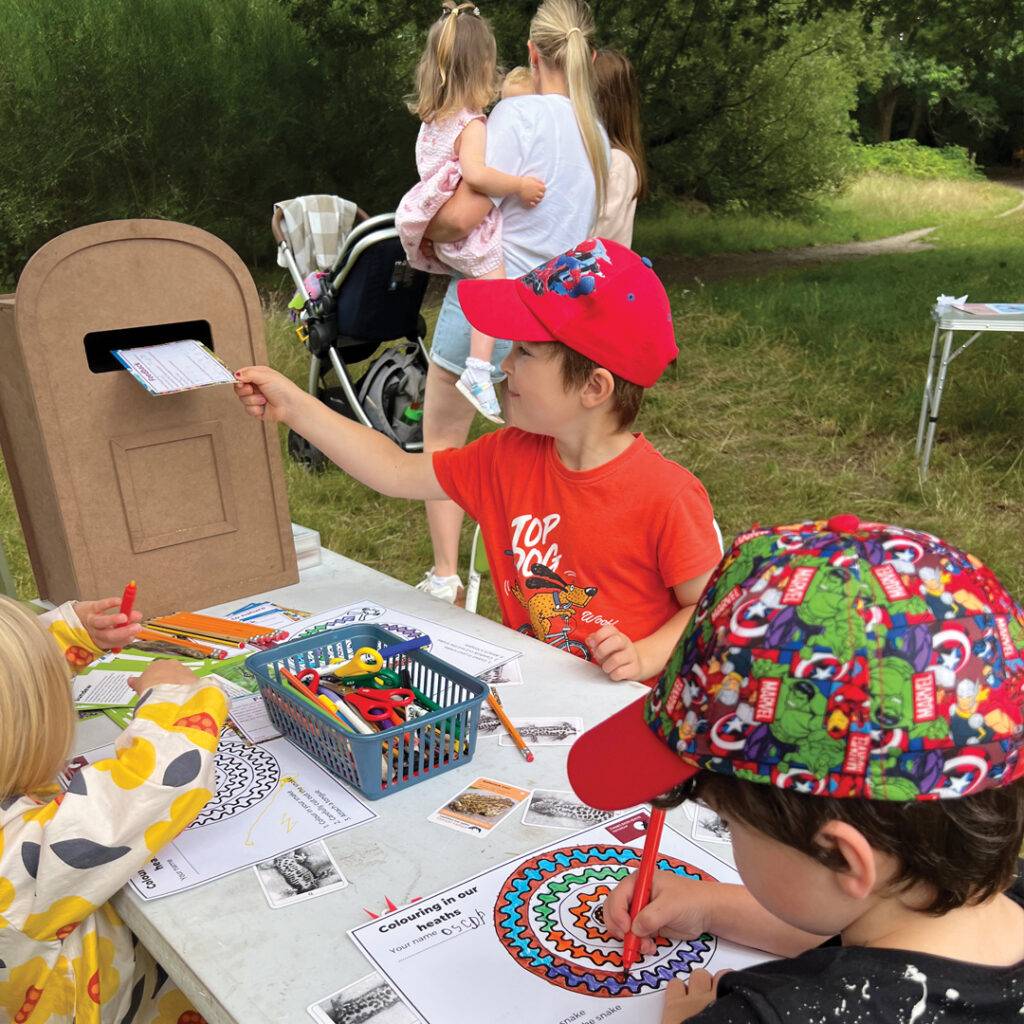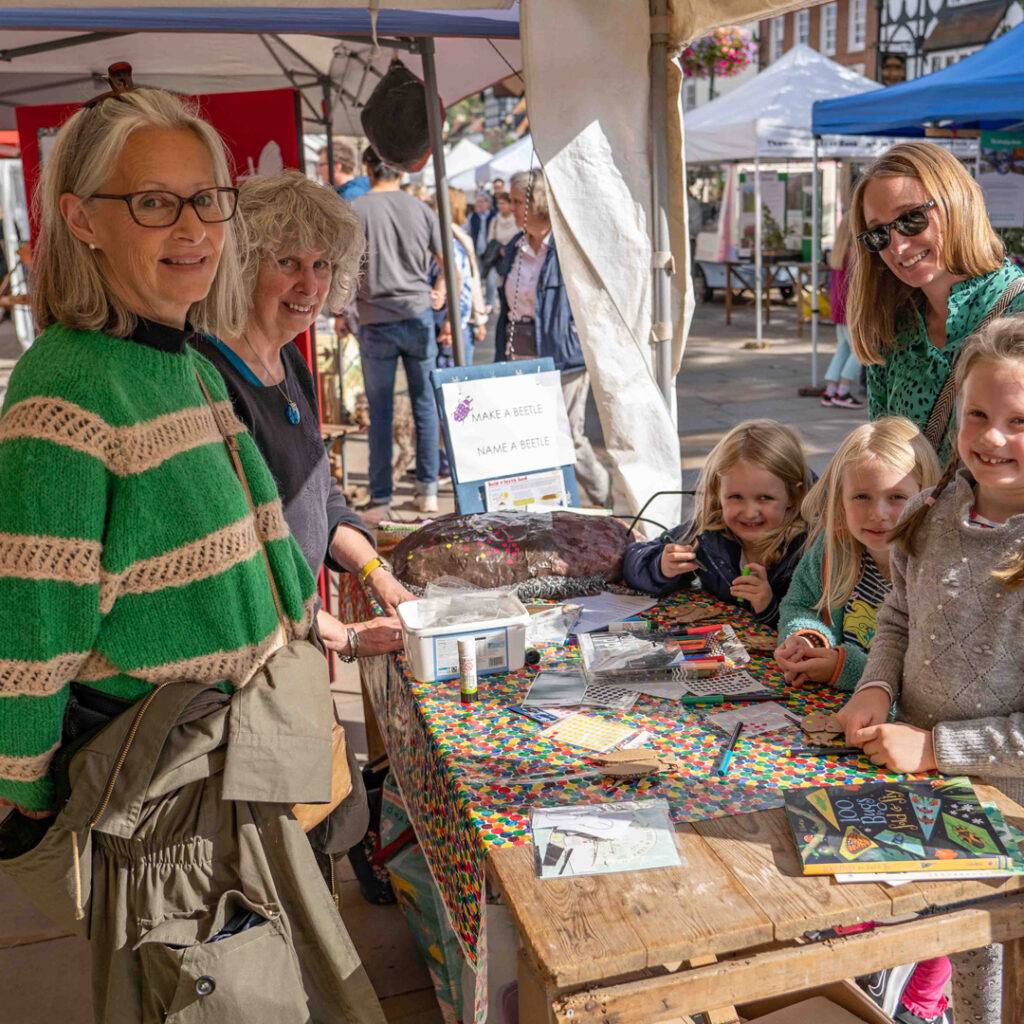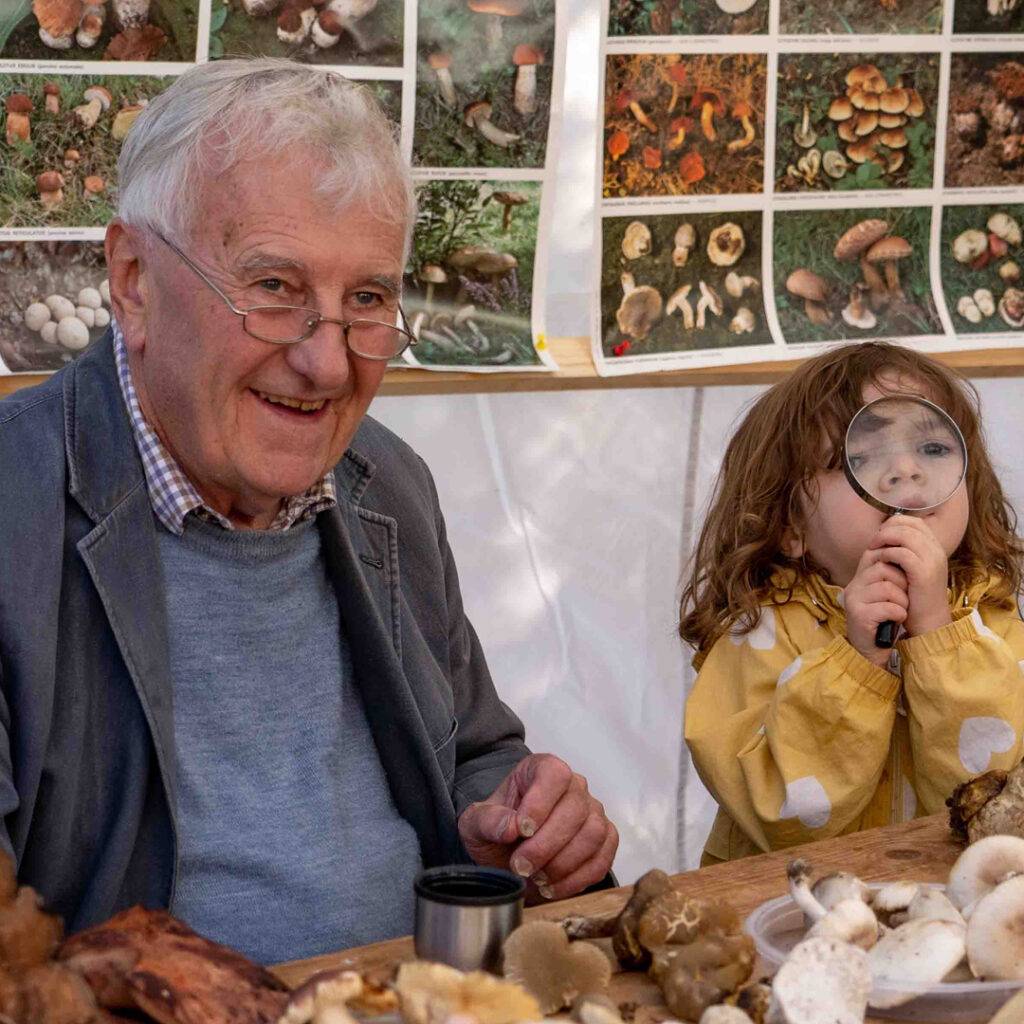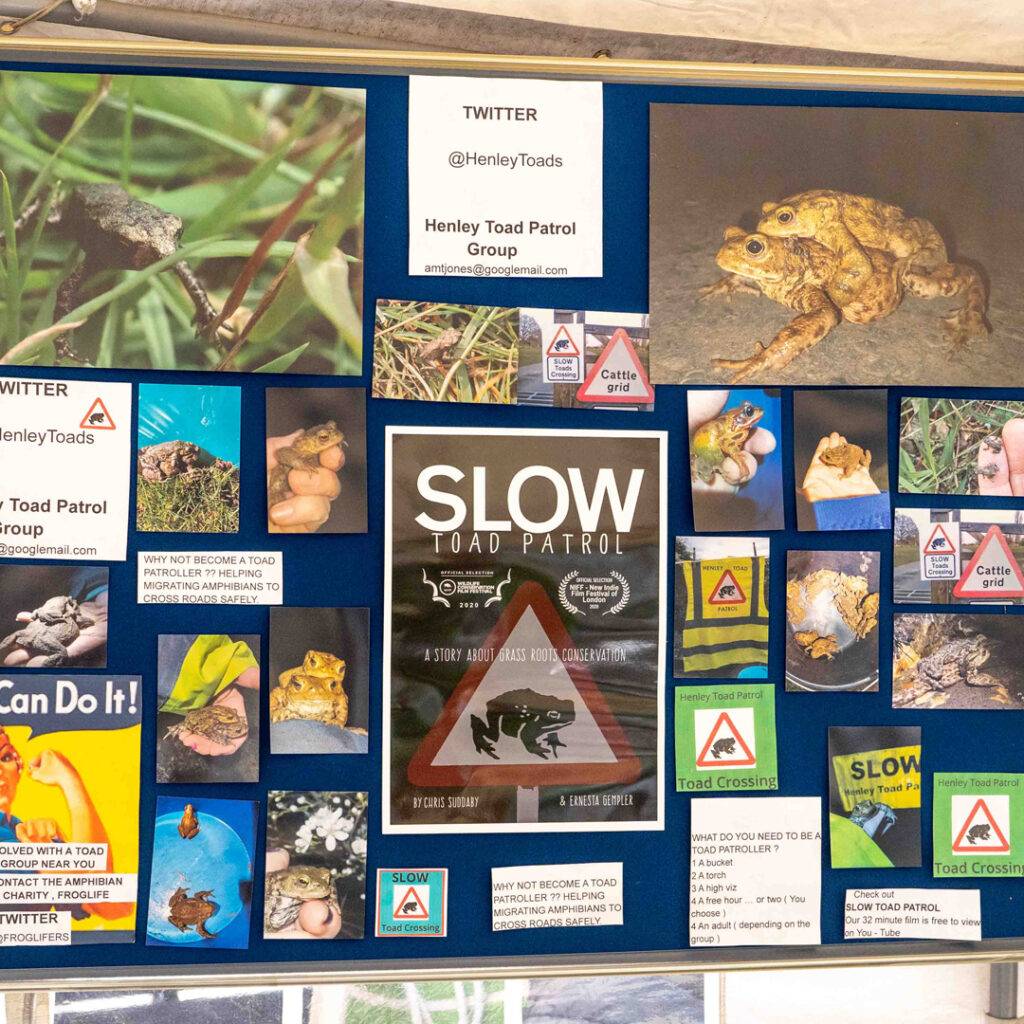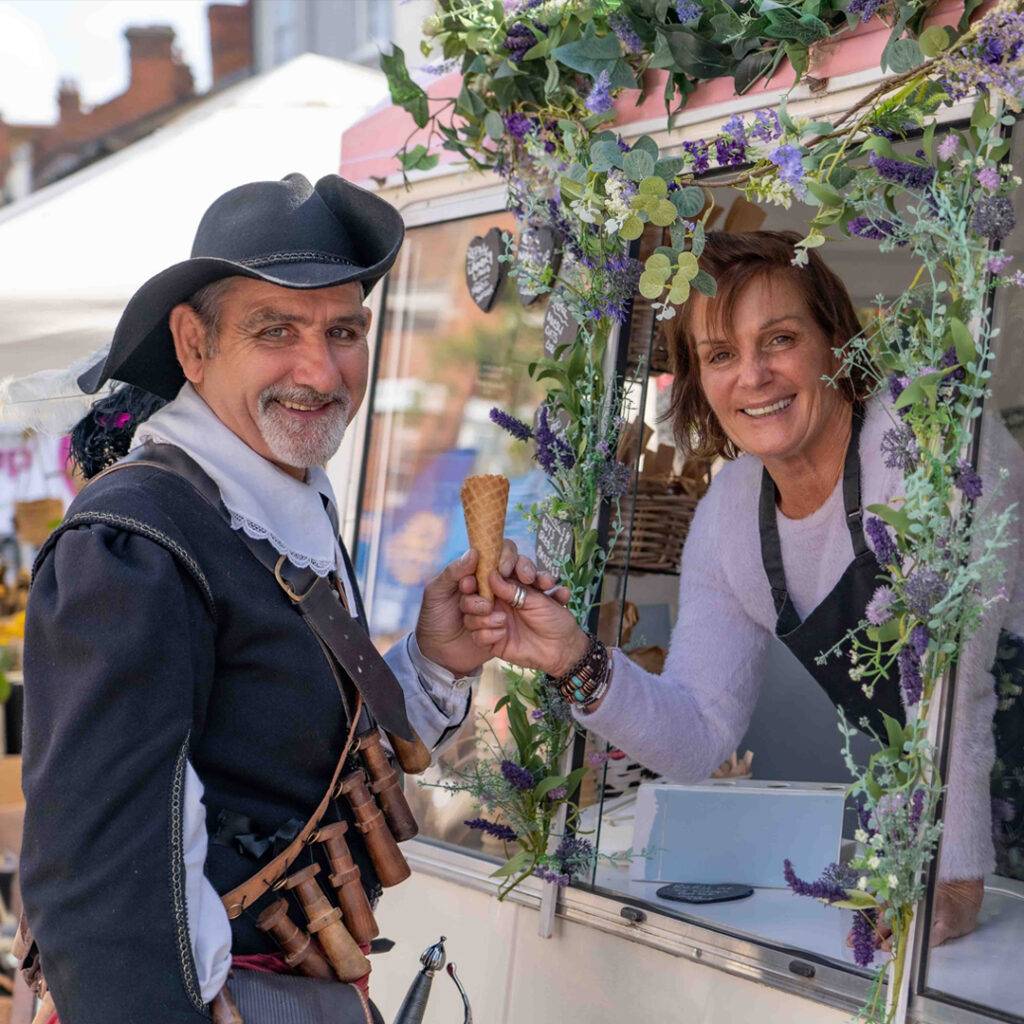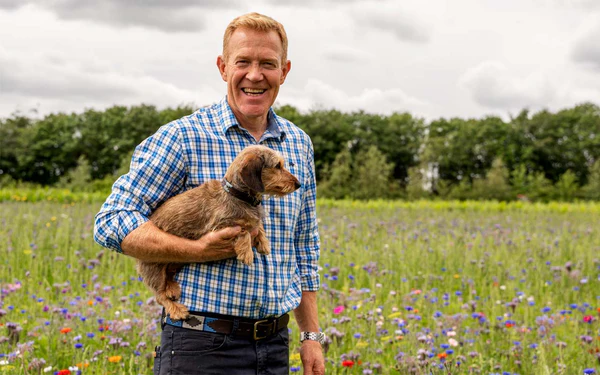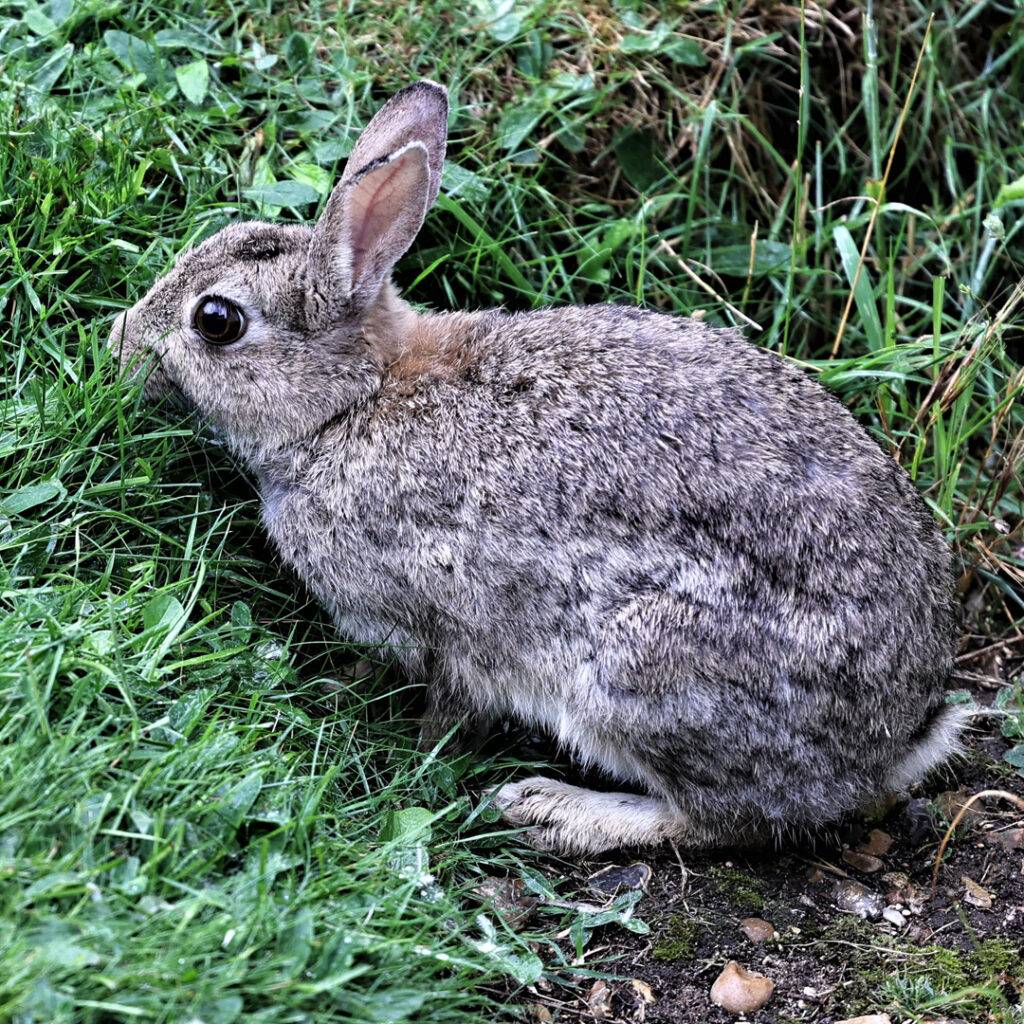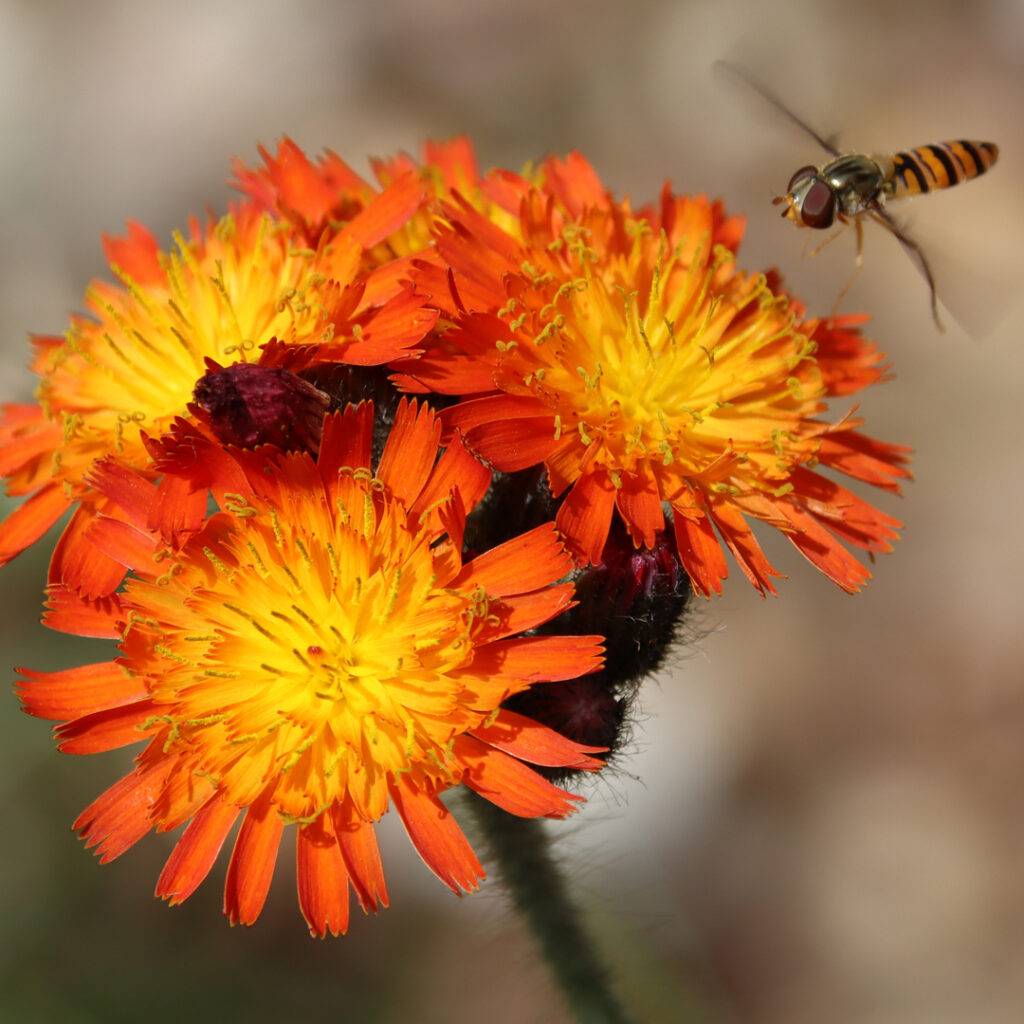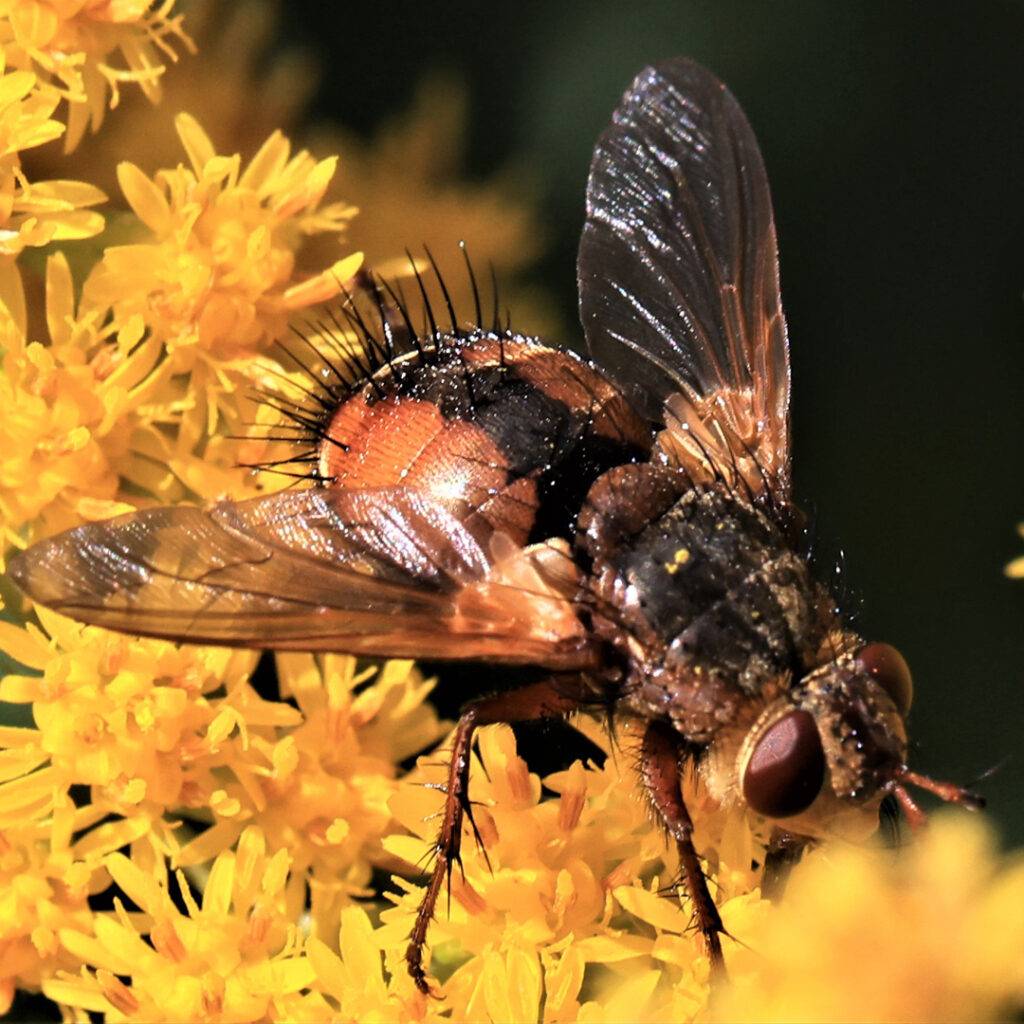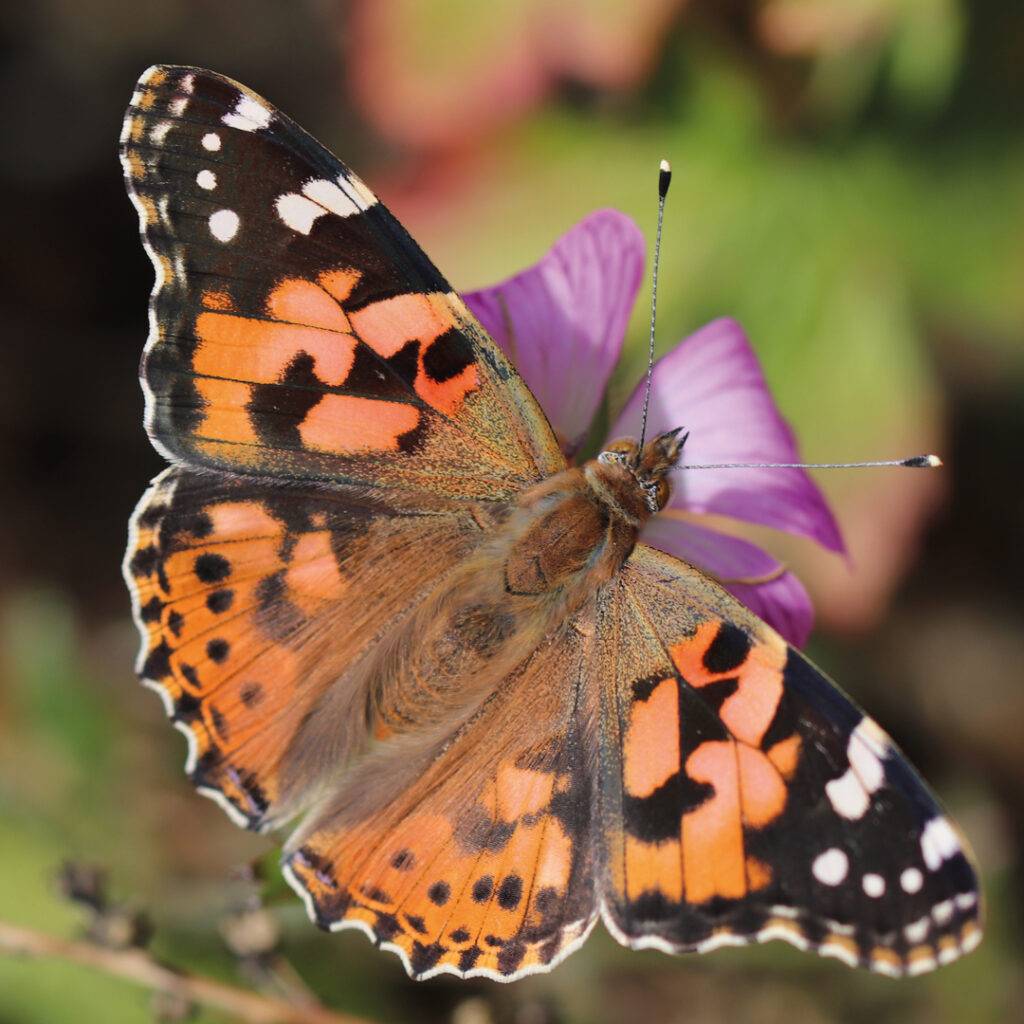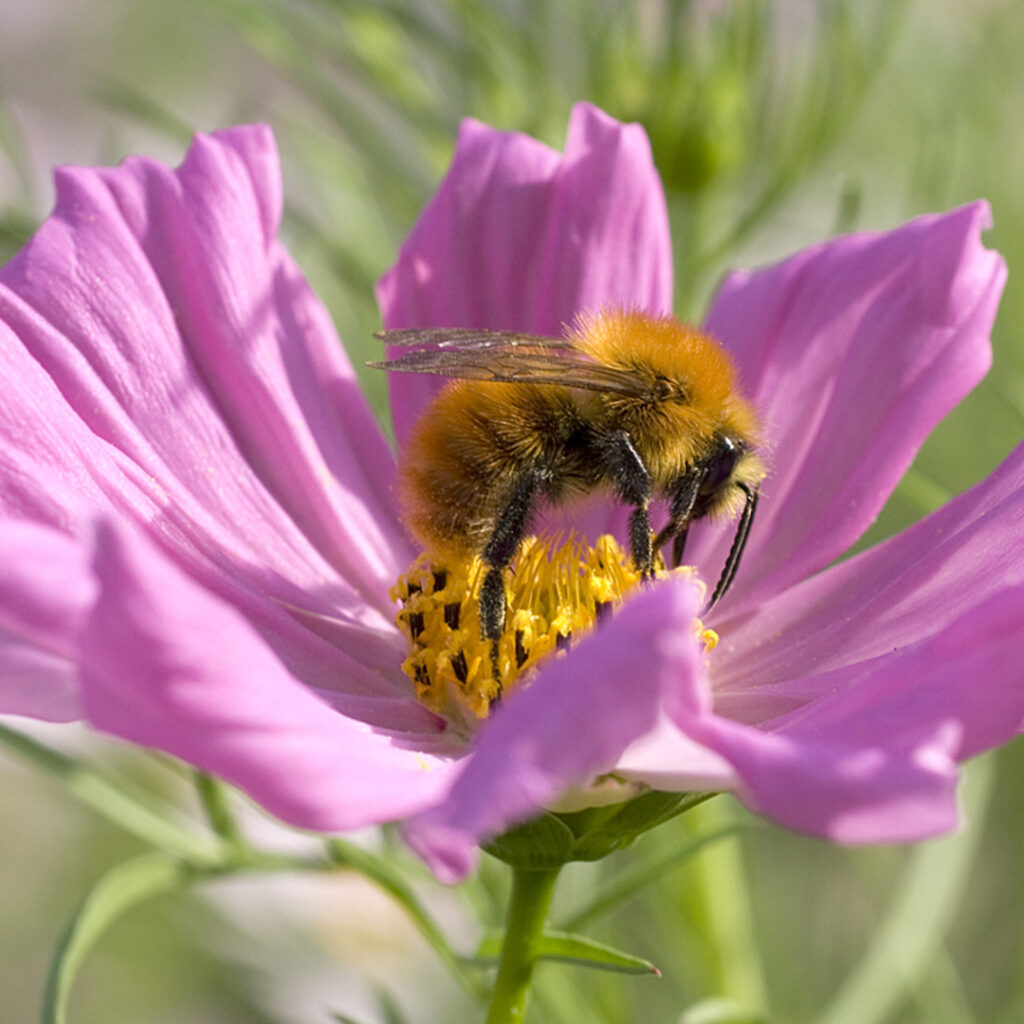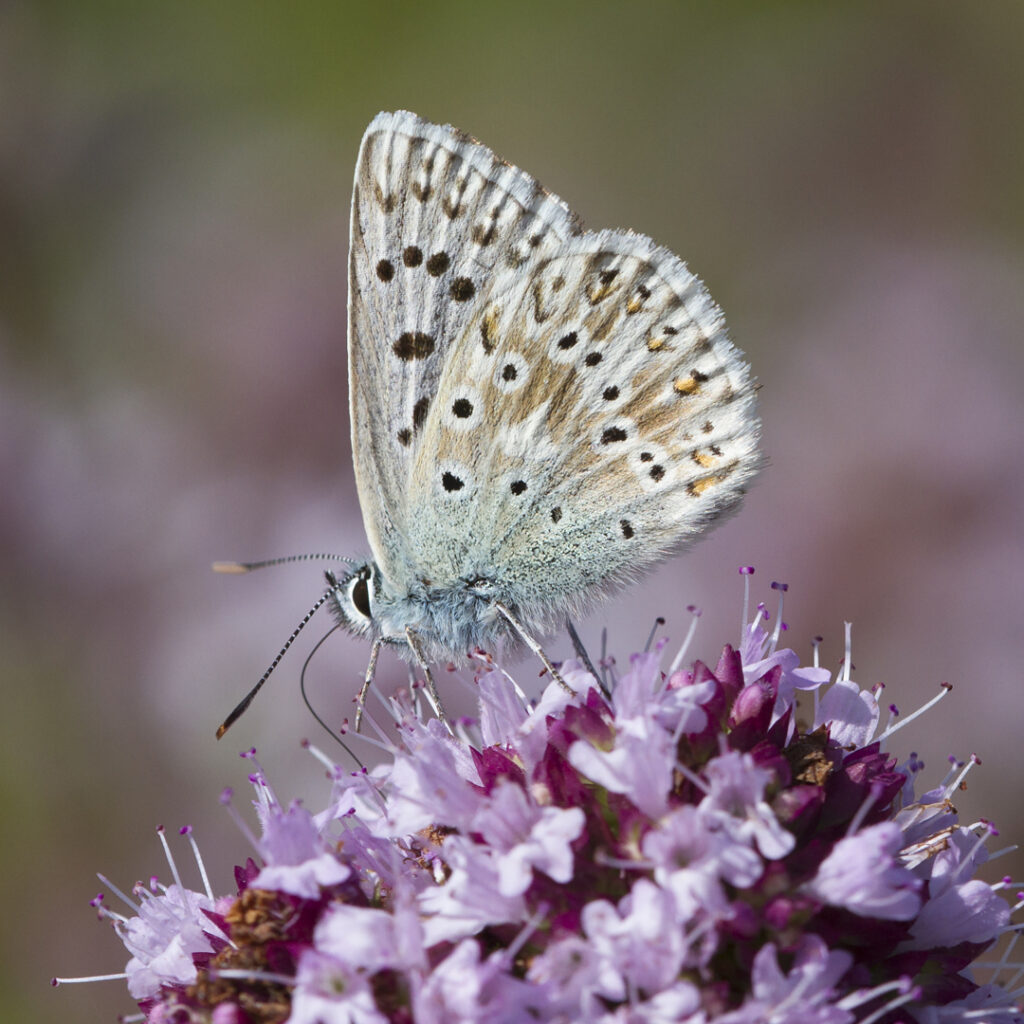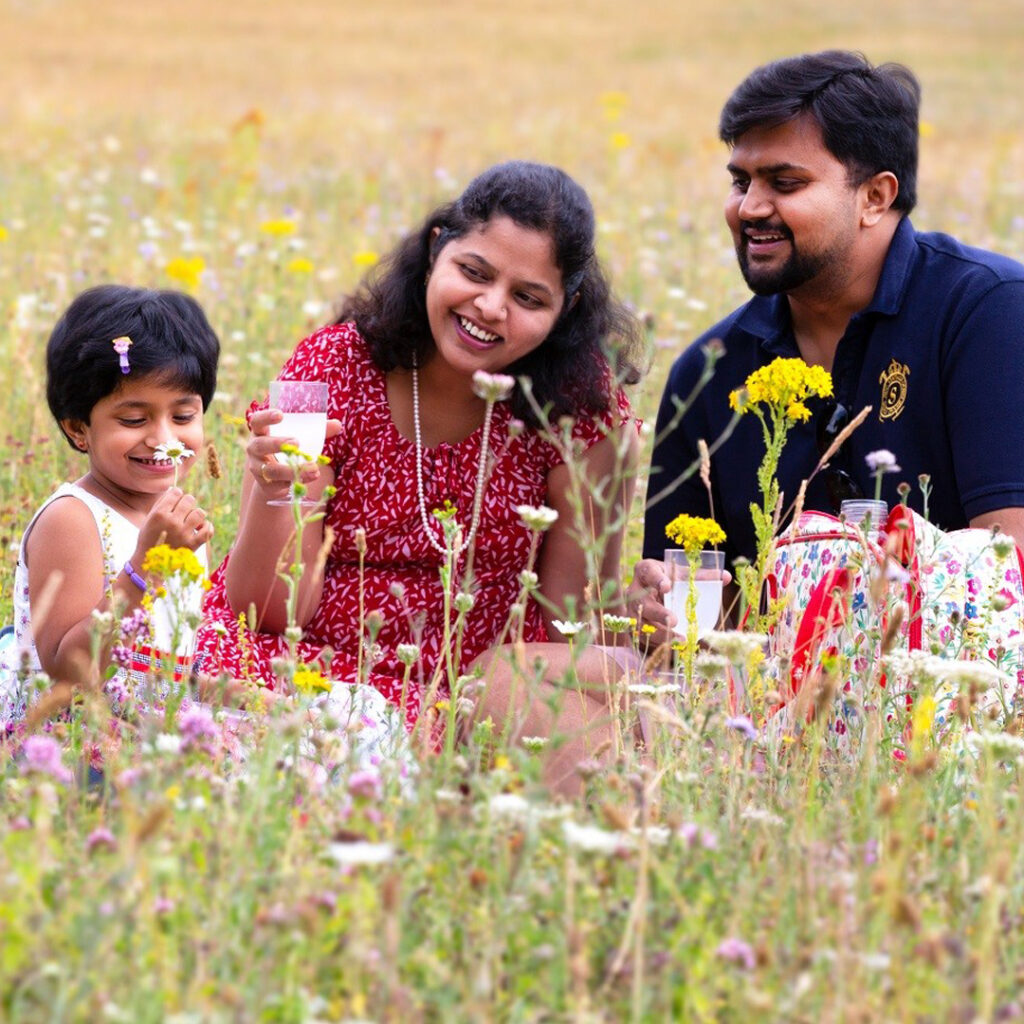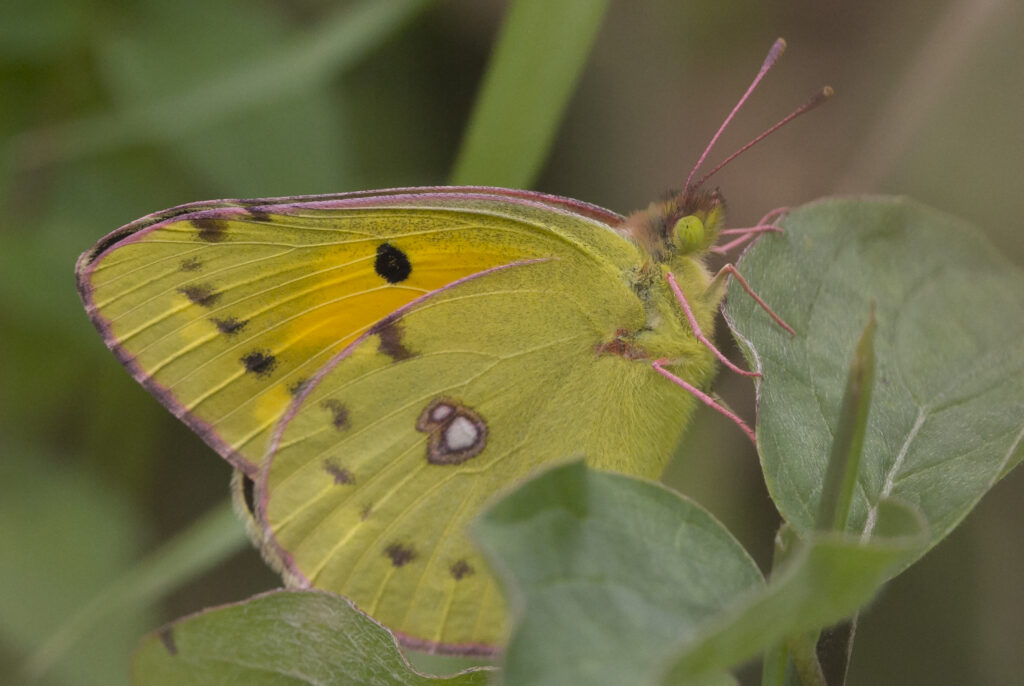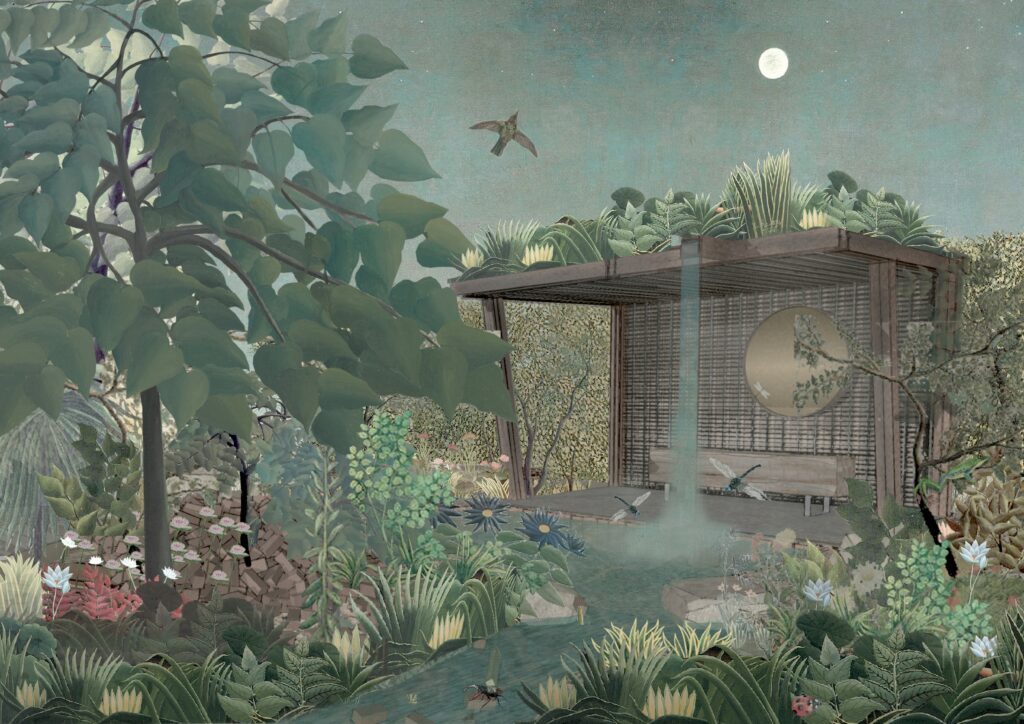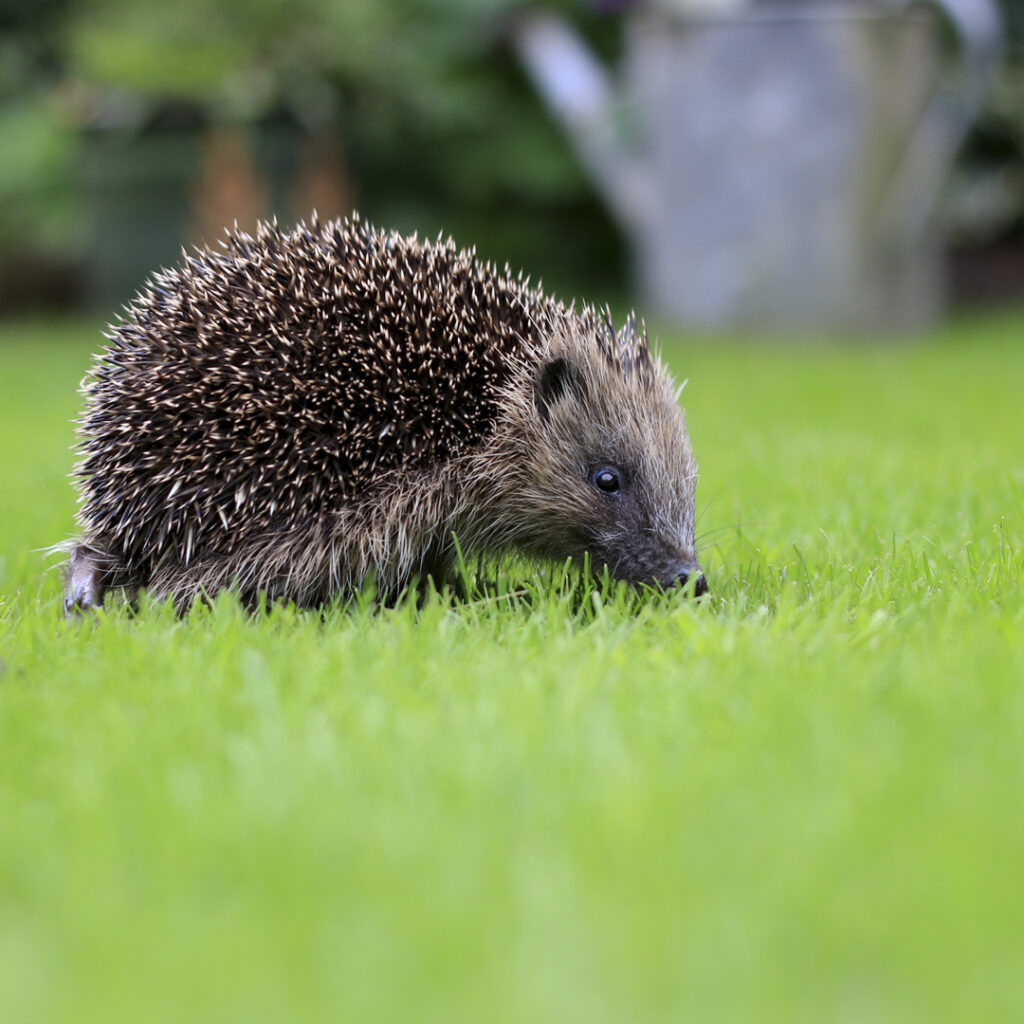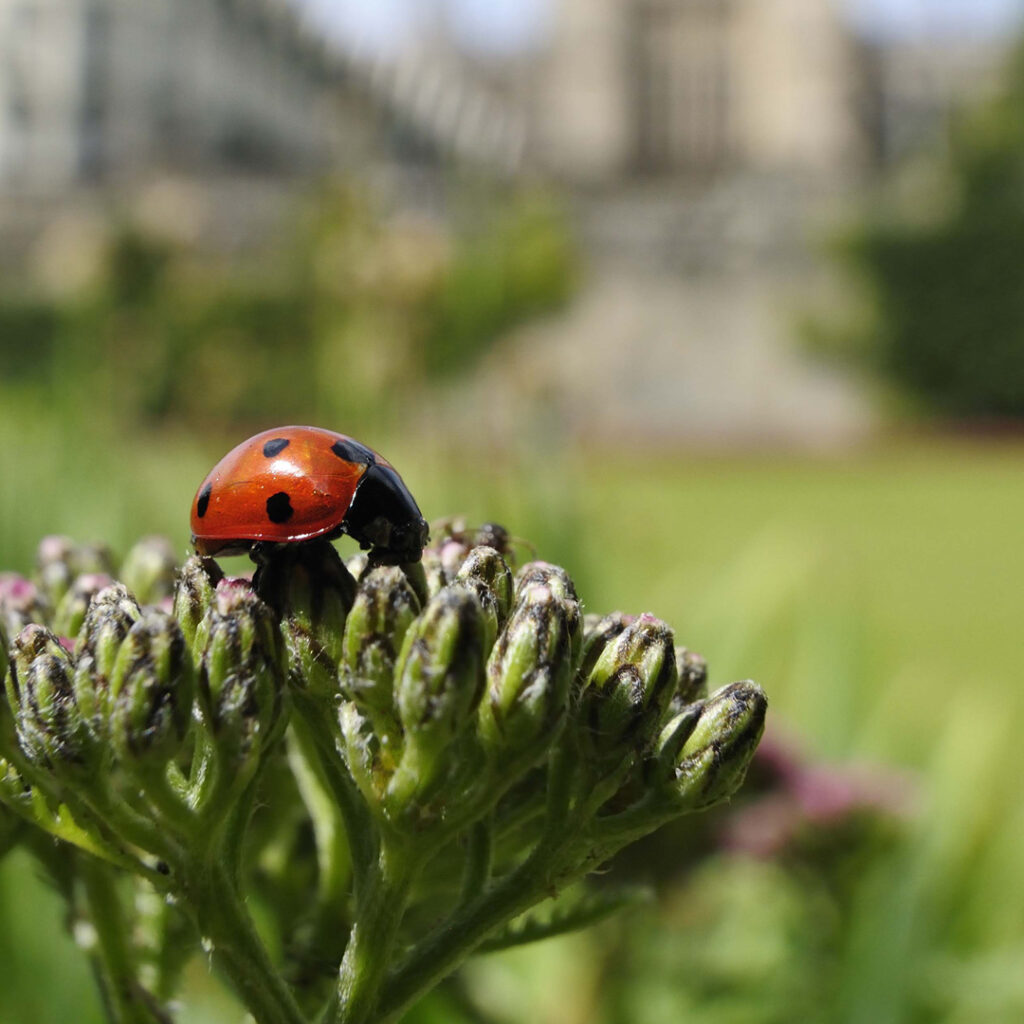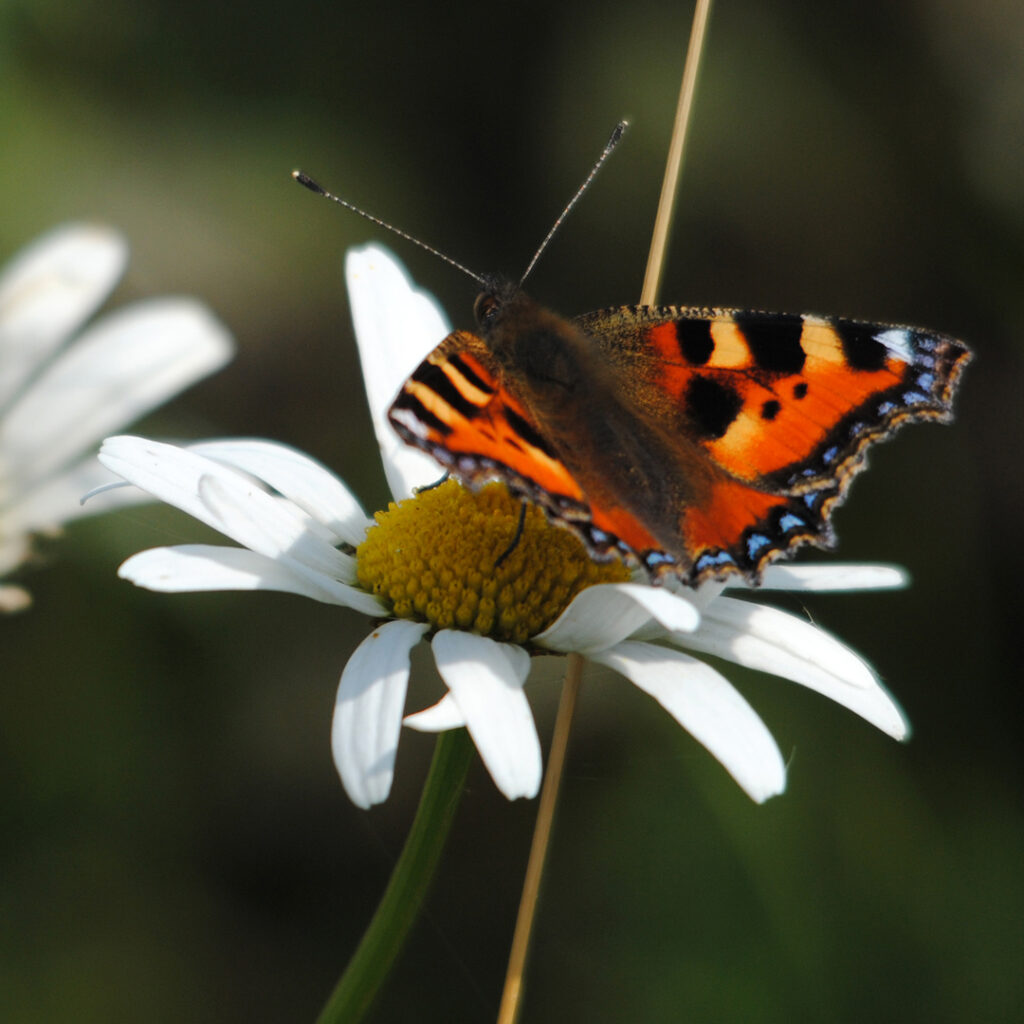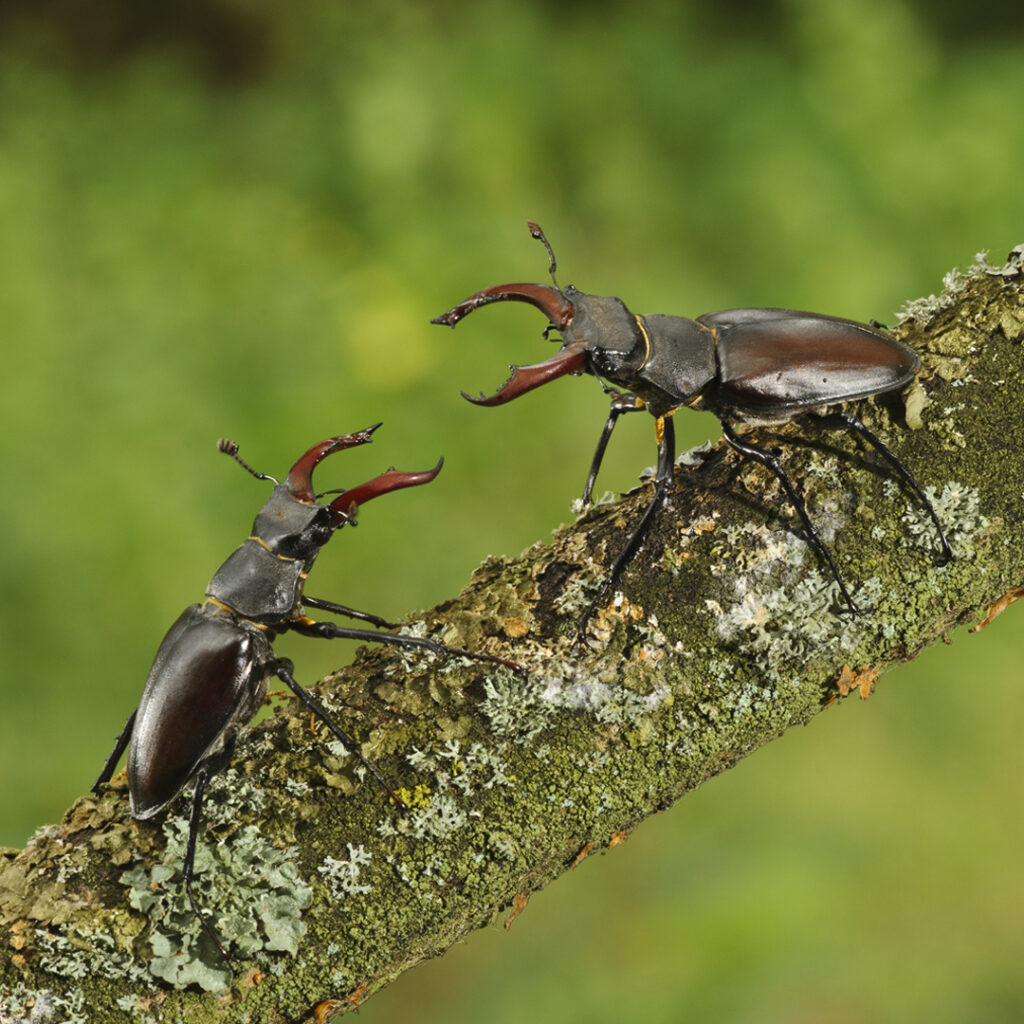Oxfordshire couple Richard and Sian Liwicki, aged 65 and 62 years, have just completed a month-long cycling trip along the longest river in France to raise funds for local charity Wild Oxfordshire
In spite of awful weather they pedalled more than 1,150km along the Loire, climbed a total of 11,200m, carrying all their belongings in paniers.
The couple planned the trip and organised all the logistics themselves. Richard says: “We had cycled the Rhine before so we knew what we needed to pack, and how to organise and navigate all the stages in this long trip. We trained for weeks. What we had not planned for was the wettest September in France in 25 years. We cycled through two icy storms and faced strong headwinds in the mountains. We regularly got wet so getting dry for the next day was an added challenge. However, we knew we could not stop and the French locals were incredibly helpful and kind. Motorists are used to a vibrant cycling culture in France.”
Sian who has been a supporter of Wild Oxfordshire for many years adds: “We wanted to really spend time getting to know this beautiful part of France and travel sustainability. We used public transport to get to the start and for our return journey. We wanted to raise funds for nature in Oxfordshire because we knew it would spur us on during this challenging trip. We were even more determined when we heard that Butterfly Emergency in September.
“Cycling is our way of experiencing and celebrating nature up close. We wrote a wildlife and travel blog along the way, and it was inevitable that we would make comparisons between our county along the Thames, and the Loire countryside.
“Our friends and family have been very encouraging and we are over half way to hitting our target of £7,000. We have just got to get around to telling everyone that we made it!”
Camilla Burrow, Cheif Executive Wild Oxfordshire, says: “As a long-term supporter of Wild Oxfordshire, we’re so delighted and grateful for Sian and Richard’s fundraising efforts. The funds will contribute towards our work enabling more people to take action for nature across Oxfordshire. Our sincere thanks to all those already contributing to nature’s recovery, and we look forward to working with even more people in the future.”











